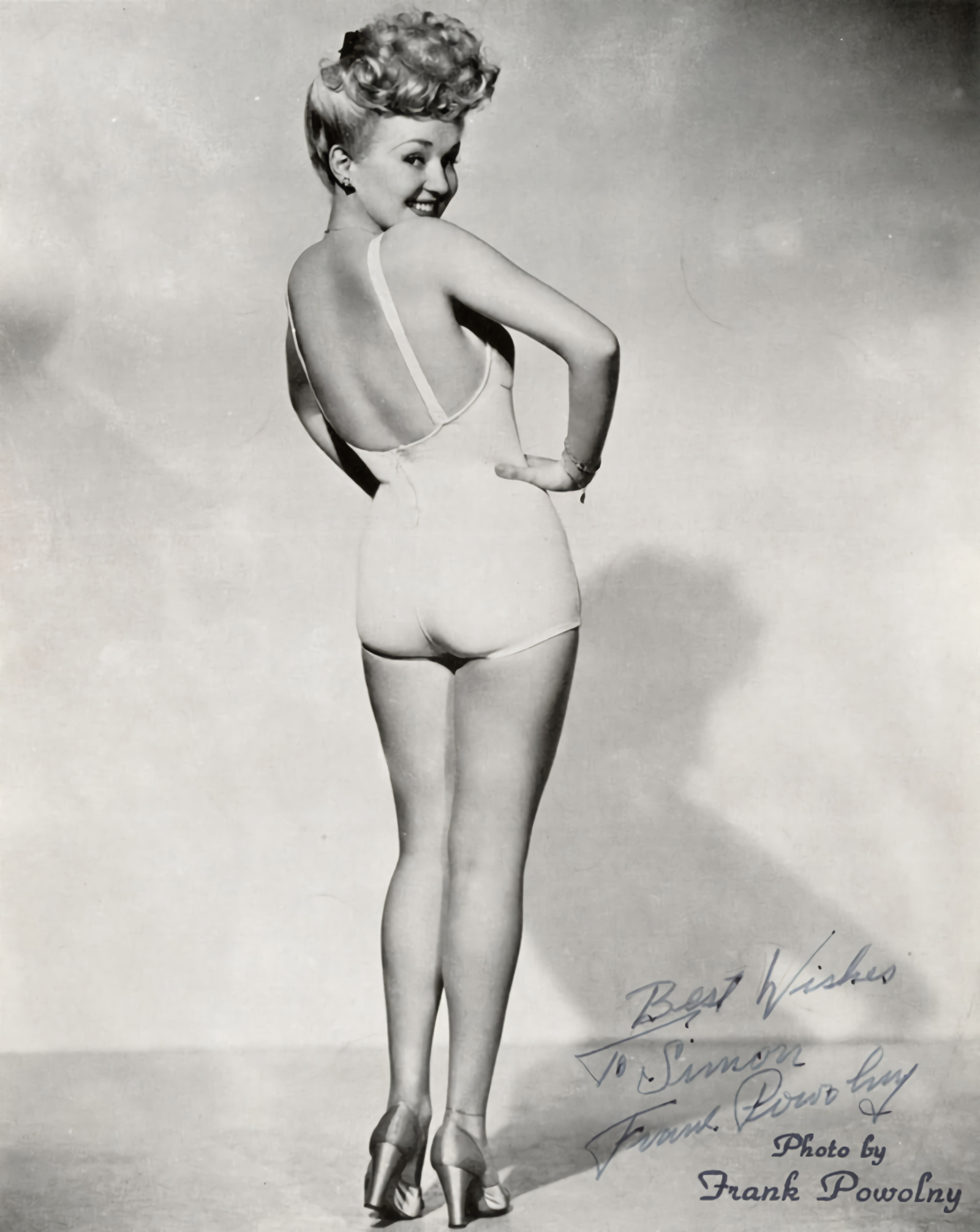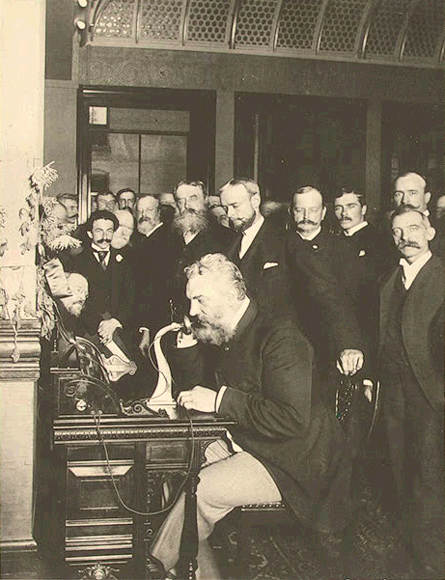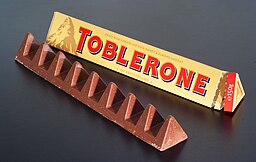There is some version of the interjection "Aha!" in nearly all Indo-European languages.
The simple Ah! appears in the mid-15th century as an expression of surprise, delight, disgust, or pain. It does not appear in Old English where the closest equivalent expression would be "La!"
In Old French, there was "ah! oh! woe!"
The interjection "Ha!" is also a natural expression of surprise, distress, etc., and is found even earlier that Ah! in most European languages including Latin and Old French. Still, not in Old English which did, however, have the laughter expression "ha-ha."
The more modern Aha! is a way of expressing understanding, realization, invention, or recognition. "Aha! Now I understand this!" It can also mean surprise, exaltation, or contempt. "Aha! Now we've got you!"
 |
a-ha in concert in Madrid, Spain, 2010
(L-R Magne Furuholmen, Morten Harket, Paul Waaktaar-Savoy) |
Combing today's word origin with a band origin brings us to A-ha. This Norwegian synth-pop band (usually written as a-ha) formed in Oslo in 1982 with three members: Paul Waaktaar-Savoy (guitars), Magne Furuholmen (keyboards and guitars), and Morten Harket (vocals).
They achieved their biggest success with their debut album Hunting High and Low in 1985 which hit number one in Norway, number 2 in the UK, and number 15 on the US Billboard album chart. It had two international number-one singles: "Take On Me" and "The Sun Always Shines on T.V." The album earned the band a U.S. Grammy Award nomination for Best New Artist.
When the three left Norway for London to try to make a career in music, they tried unsuccessfully to find a good Norwegian band name that would also be pronounceable easily in English." They jettisoned that idea when Morten spotted a song called "A-ha" in Guitarist Waaktaar had written a song in his notebook called "A-ha" and Morten thought it was "a terrible song but a great name." There is no greater meaning to the name, but the idea that their music might create "understanding, realization, invention, or recognition" certainly was a good thing.
The band released studio albums from 1986 to 1990 and had single hits including "Hunting High and Low", "The Living Daylights", "Stay on These Roads", and "Crying in the Rain."
Their studio album, Memorial Beach (1993), failed to achieve the commercial success of their previous albums, and the band went on hiatus.
They reformed after a performance at the Nobel Peace Prize Concert in 1998 and released a sixth album, Minor Earth Major Sky, which was the number-one album in Norway and Germany. Their following was much greater in Europe than in America.
For Americans, they might be best remembered for their music video for "Take On Me" which was played heavily on MTV and still is popular. In fact, it has a billion and a half views on YouTube. It used the rotoscoping animation technique. I've written about the video in much more detail on another site.






















